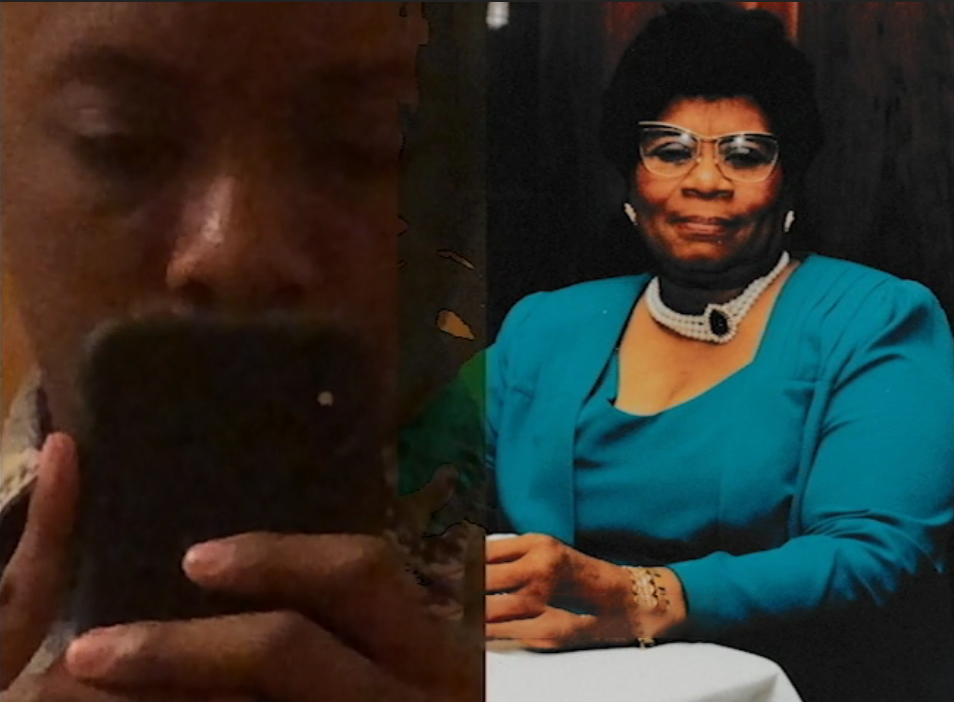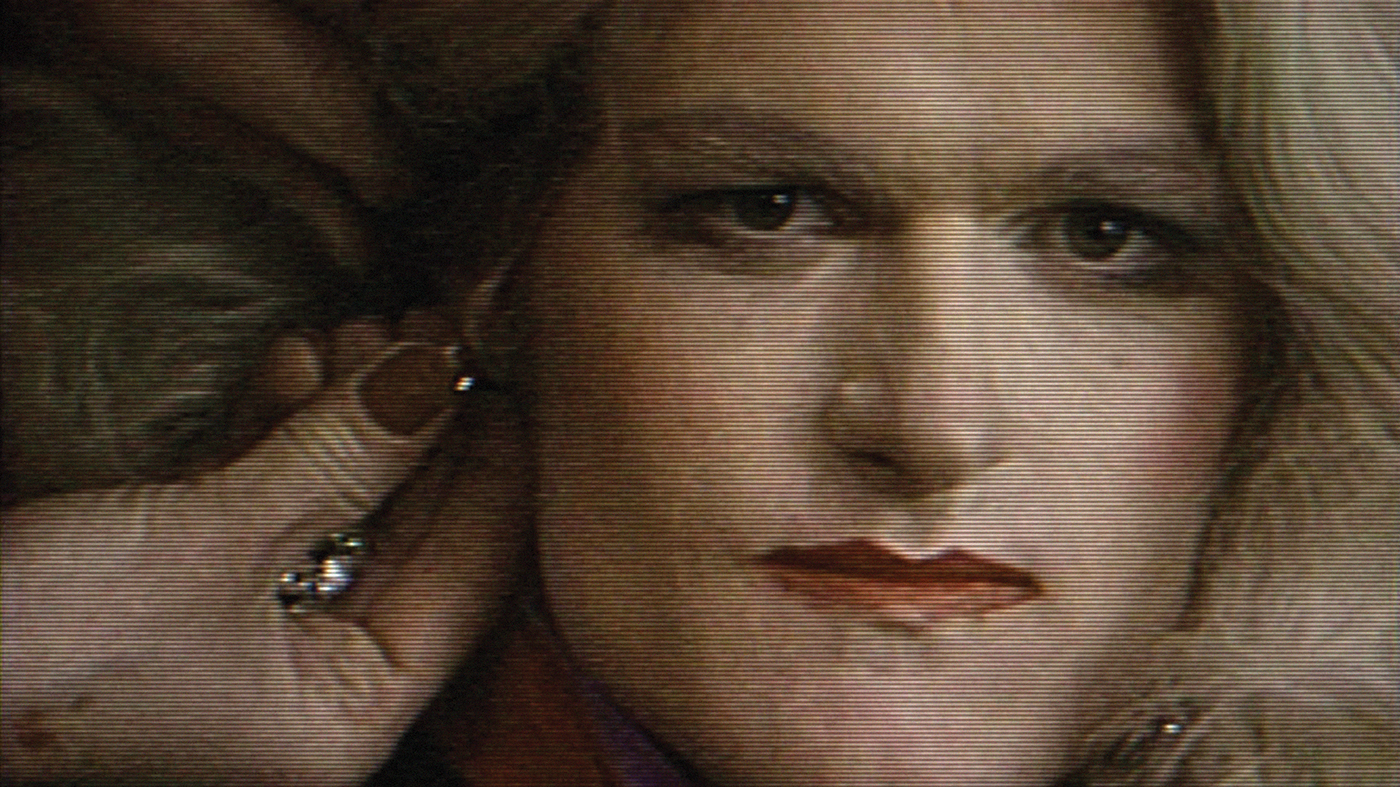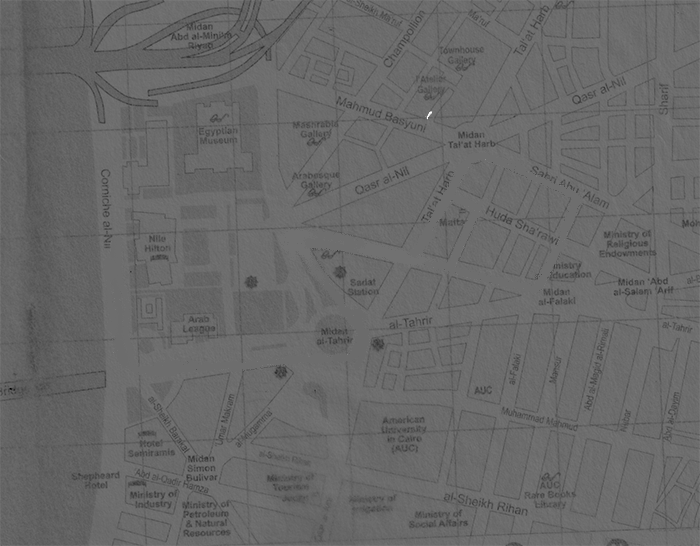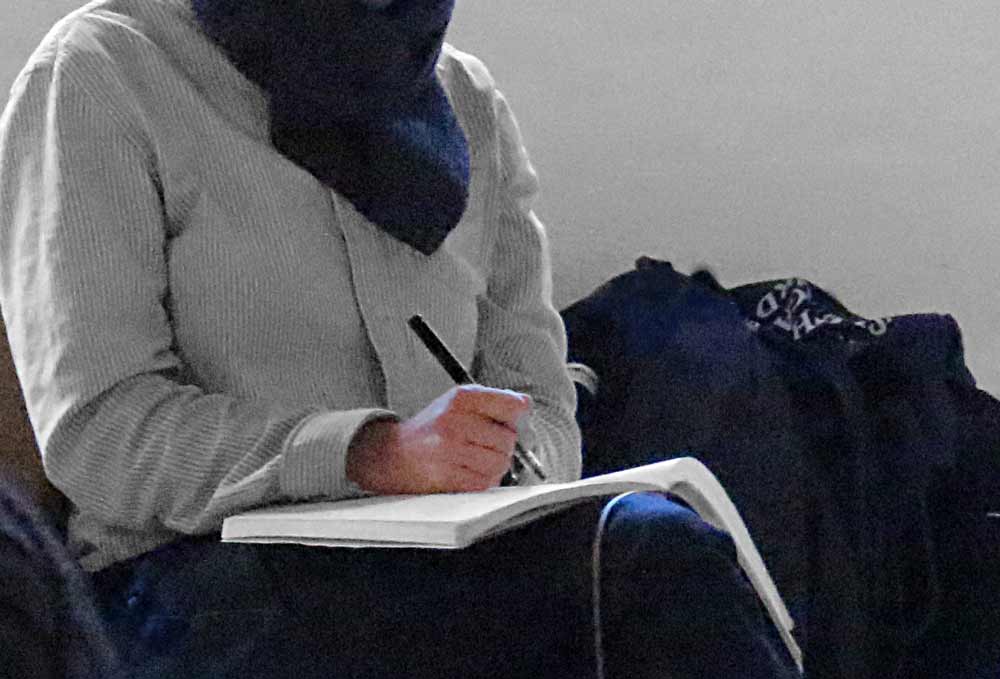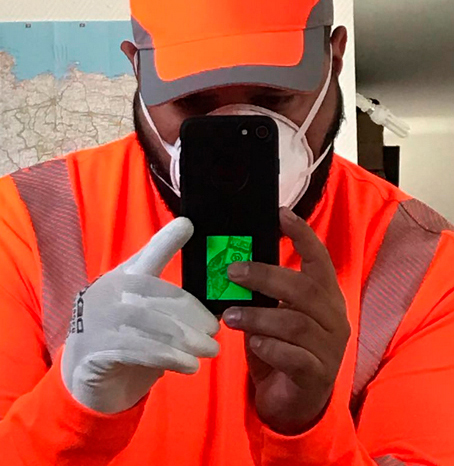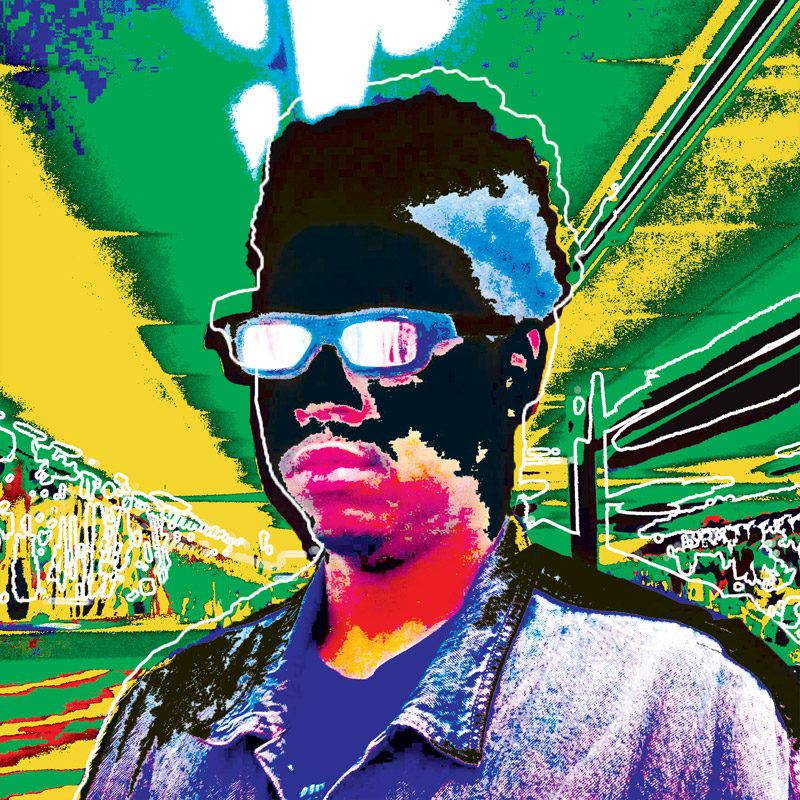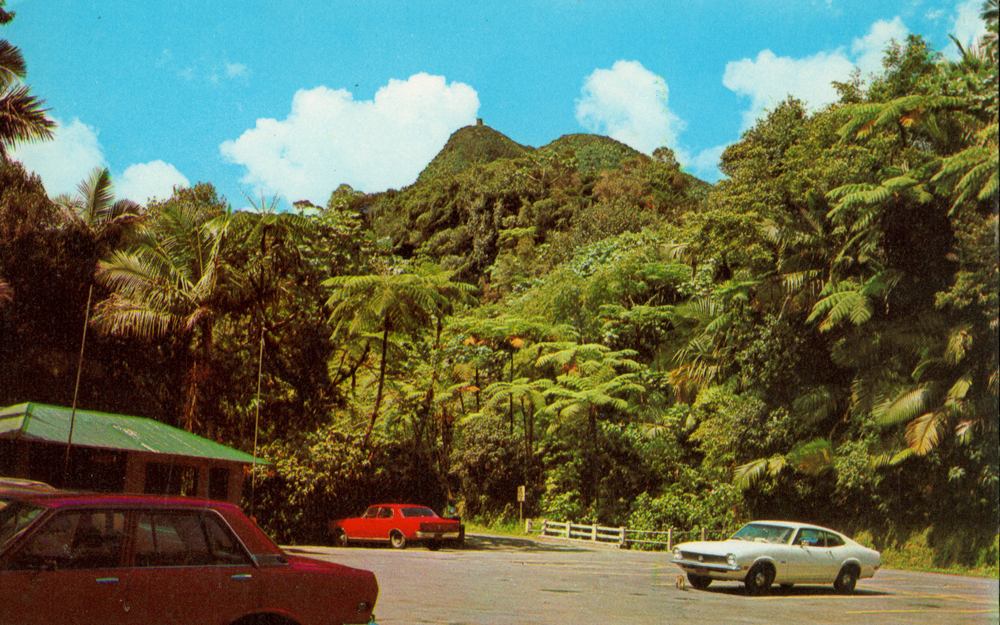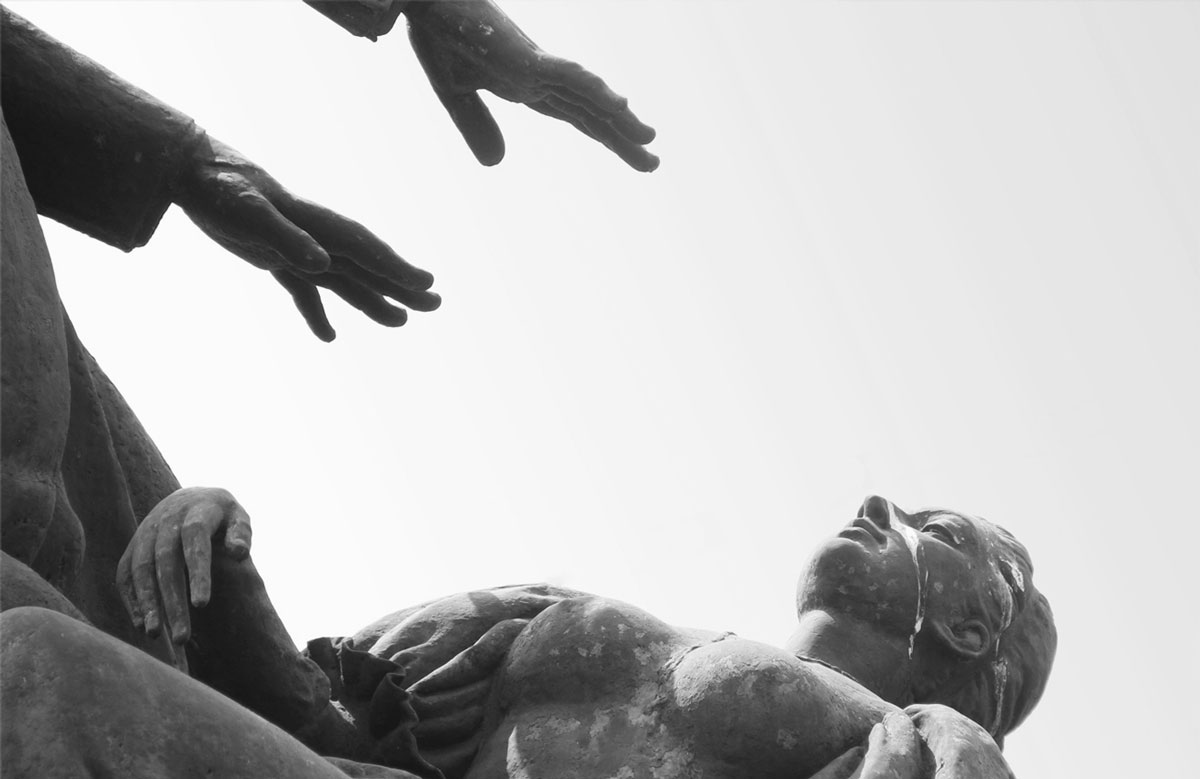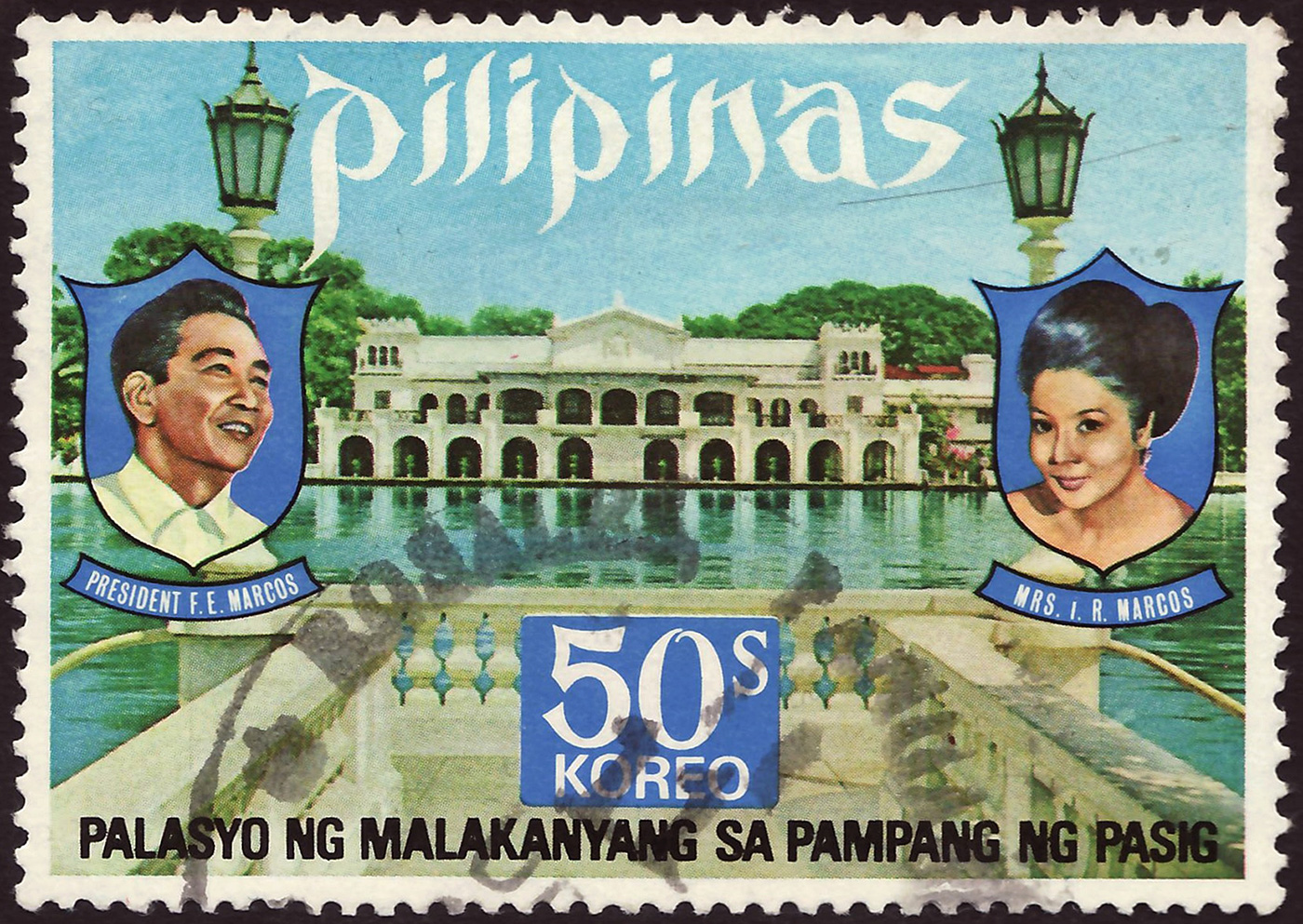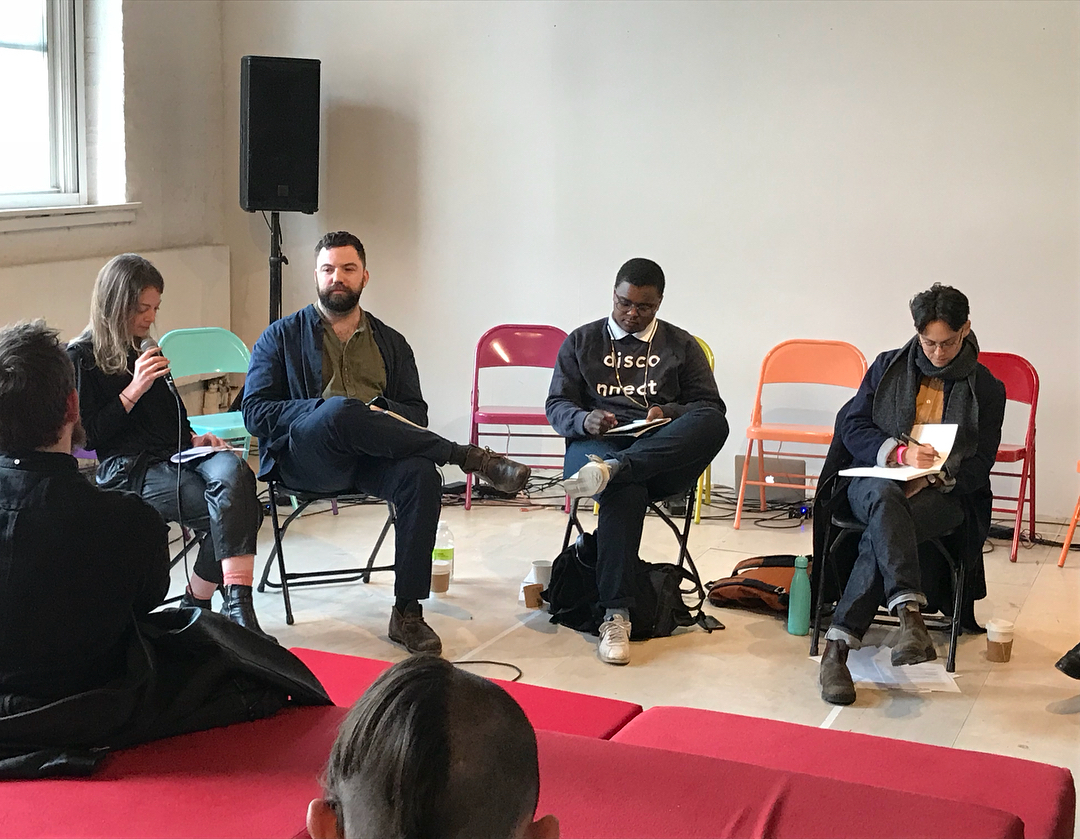The Encounter
Yasmin Adele Majeed
At first, the Tasaday were just a rumor. In the rainforests of Mindanao, the second largest island in the southern region of the Philippines, hunters came across animal remains and the harvesting of caryota palms for starch. Sometimes, in the very depths of the forest, they caught glimpses of men and women with long hair, naked apart from insubstantial garments made of leaves. One hunter, known for exaggeration and for going deeper into the forest than anyone else, brought back stories of the tribe to Manila; to the house of Manuel Elizalde.
It was 1971—one year before martial law. A close collaborator of then-President Ferdinand Marcos, Elizalde was the head of the Private Assistance for National Minorities (PANAMIN), a government agency. He was also the heir to one of the richest Spanish families in the Philippines, and PANAMIN was often used as a vehicle for his personal pleasure. His family mansion was usually filled with tribespeople who worked as servants and provided entertainment at his parties with other rich Manileños. Intrigued by the rumors, Elizalde planned an expedition to the region where the “wild” people were said to live. The venturous hunter claimed that the people lived in total isolation—they had no agriculture, no metal tools, and spoke a unique language. He called them the Tasaday.
The encounter between Elizalde and the Tasaday resulted in what has been called the “anthropological find” as well as “ethnographic hoax” of the century.1 He described them as the “lost tribe” and adopted them as his pet project. Under his watchful eye, the Tasaday were on the cover of National Geographic, featured in news broadcasts around the world, and visited by celebrities, reporters, and anthropologists. To Americans, by then weary of the Vietnam War, they were a vision of an ancestral world where humankind coexisted in peace. To the Marcos government, they offered an opportunity to link his regime to the “common man” and foster a collective Filipino identity in support of totalitarian rule. To Elizalde, they provided power, land, and international media attention. The Tasaday—named after a mountain that rose above the hidden enclave where they lived—were a mirror, a fantasy, and, according to some, a complete hoax.
In her novel Dream Jungle, Jessica Hagedorn provides a fictionalized account of the encounter between the Tasaday, whom she calls the Taobo, and Elizalde, whom she renames Zamora López de Legazpi, after Miguel López de Legazpi, the Spanish official who established the first colonial settlement in the Philippines. “How to explain that moment when Zamora López de Legazpi first laid eyes on them?”2 writes Hagedorn. “He had walked into a dream. Someone else’s dream… but now stolen and claimed by Zamora. The landscape of that dream—vast, ominous, shimmering blues and greens—was simply part of the loot.” A great chronicler of the dark dream of postcolonial Philippines, Hagedorn captures Legazpi’s greedy gaze, his romanticization of the scene. It is an accurate depiction of the real Elizalde, who spoke of the Tasaday as if they were colonial spoils: “[T]heir history as a people begins with our visit on June 7, 1971,” he said,3 echoing the Orientalist logic that situates its subjects in a frozen past that is only broken upon the colonizer’s arrival.
From the start, there were discrepancies in the story of the Tasaday. As Robin Hemley notes in his fascinating account of the Tasaday, Invented Eden, the National Geographic story headlined “First Glimpse of a Stone Age Tribe,” contained photographs of what appeared to be carefully constructed primitive scenes: a naked woman toying with a monkey’s skull; another, seated in the crook of a cave, covered in dust and dirt, gazing into the distance as she breastfeeds her child; a man playing a kubing, a jaw harp, made from bamboo and metal (a detail that would later be held as evidence of a possible hoax). Initial news reports on the tribe claimed that they had no word for “weapon” or “war,” although they had bows and arrows and would sometimes threaten to shoot outsiders, as reported by anthropologists brought by Elizalde on initial trips.
It was also assumed that they lived in rudimentary conditions in an area of small caves, but as time went on it was revealed that they had other dwellings in the jungle that they kept hidden from Elizalde and his entourage of reporters, PANAMIN workers, and anthropologists. A hasty genealogy of the Tasaday uncovered another strange inconsistency: one boy photographed in the original survey had suddenly disappeared, and the tribe was reluctant to offer a plausible explanation. Skeptics in the Philippines and abroad claimed that Elizalde forced the Tasaday to dress only in leaves, even though they had cloth garments, and remove anything from their caves that disrupted their “tribal image.” Outsiders often brought gifts in offering to the tribe, but it is said that Elizalde would make them hide the objects when journalists were in attendance. Now that the Tasaday were in contact with the “modern world,” they had access to steel and rice, but Elizalde made them hide those too, choosing to present them as unsullied by outside influence.
Despite such discrepancies, it was too good of a story to linger on the doubts. Elizalde was more aware of this than anyone. He took control of the Tasaday, confining them to the perimeters of his own making, and nobody could cross those bounds without his permission. He visited frequently, fashioning himself as their keeper, and the tribe grew to worship him, calling him Momo’ Dakel, after a mythic god that their ancestors claimed would visit them someday. In the spring of 1972, a few months before declaring martial law, Marcos signed a proclamation that decreed the Tasaday’s land a protected nature reserve. On Elizalde’s invitation, famed aviator Charles Lindbergh and Italian actress Gina Lollobrigida visited the Tasaday, as did scientists and reporters, notably John Nance from the Associated Press who went on to write a well-known book, The Gentle Tasaday, and a documentary crew from NBC News. During a visit from U.S. President Gerald Ford, two members of a nearby tribe, the T’Boli, represented the Tasaday in a state parade. The Tasaday were famous in the Philippines and recognized internationally, but in 1976, Marcos signed another law, which “protected” the tribe and other communities from unauthorized entry.4 Wary of outsiders scrutinizing the country under martial law, no one received authorization. For nearly a decade, the Tasaday were, again, on their own.
Colonialism’s fantasies are vicious, especially so in the Philippines, a country that has been colonized three times over by Spain, Japan, and the United States—each power arriving with its own dreams of empire. Colonialism, Fanon writes in The Wretched of the Earth, is built on a reverie where the settler and the native are each trapped in a mismatched fantasy. The colonizer imagines the native as existing “interminably in an unchanging dream” that the colonizer necessarily interrupts, because without him, the native world would be stagnant and backwards: “The settler makes history; his life is an epoch, an Odyssey. He is the absolute beginning: ‘This land was created by us’; he is the unceasing cause: ‘If we leave, all is lost, and the country will go back to the Middle Ages.’”5 The work of the colonizer is to create history, which is to erase the history of the native, shackling them instead to a colonial narrative. In return, the native is only liberated in their own dreams, where they imagine themselves free.
The Tasaday were not the first indigenous Filipino peoples to be put on display. The 1904 St. Louis World’s Fair included a Philippine Exhibition where nearly a thousand Filipino people from several different regions were housed for seven months in a human zoo. It was the largest exhibit in the fair, with the most popular section being that of the Igorots, where crowds were drawn to for a daily performance where they boiled and ate dogs for dinner.6) The inclusion of the exhibition was motivated by then-governor of the Philippines William Taft’s desire to introduce the colony to the American people, after seizing control during the Spanish-American war,7 in which the U.S. also took over rule of Guam and Puerto Rico. It was a $2 million dollar celebration of the American Empire, whose trophies were living people forced to play-act at primitivism in order to justify and soften U.S. imperial rule. The exhibition placed the Philippines on a colonial timeline with the U.S where the West was in the future, and the East stuck in the past, thus recasting the colonial takeover as a benevolent act.
One photo of the Philippine Exhibition, archived in the Missouri Historical Society, shows an American woman,8 in an embroidered white dress and feather-capped hat, with a smiling Igorot boy, who wears only a sarong around his waist and, unexpectedly, a straw hat. He’s holding out a stick, and is caught mid-motion, walking jauntily towards the camera. The woman is holding his limp wrist the way you might grab a toddler just learning to walk. “Mrs. Wilkins teaching an Igorotte [sic] the cakewalk,” reads the caption, referring to the 19th century dance of exaggerated movements that originated when slaves began mocking the proprietary waltzes of white slave owners, and which was later appropriated by white performers, with canes and straw hats, as a staple of minstrel shows. The photo is a document of these layered histories of racism in the U.S., and the unsettling, dehumanizing novelty with which Americans treated the members of the human zoo. Mrs. Wilkins looks at the boy with a nervous smile—the deliberately posed incongruity of the pair a statement in itself.
This image is also reminiscent of photos of Elizalde and the Tasaday. In photos taken by the American journalist John Nance, a Tasaday man, naked except for a minimal sarong, embraces Elizalde, clad in a leather jacket and dark sunglasses.9 In another, Elizalde is sitting with a Tasaday woman, Balayem, who is softly pressing her lips against his shoulder. He is turned towards her, eyes downcast. The photographer’s gaze captures the Tasaday as guileless and gentle as children. Comparably, The Tasaday’s National Geographic cover pictures a long-haired young boy wearing only a loincloth and climbing up a thick jungle vine; a verdant rainforest gleams in the background, but the boy is cast in shadow. You cannot see his face but the image is familiar: he’s a sort of Mowgli, or a young Tarzan—“a savage boy frolicking in his jungle playground.” It is a familiar play on the noble savage, representing Western anxieties over colonial violence (“How can we hurt the innocent?”) while also justifying colonial rule (“They’re too naive and childlike to care for themselves”). It is these images of the Tasaday that attracted the attention of the West, precisely because they catered to its existing colonial imaginings of the Philippines.
When Marcos came into power in 1965 as a result of his populist campaign, he knew about the importance of myth and image-making to bolster political power. With the aid of ghostwriters, he published a multi-volume account of the Philippines that rewrote the island’s history from the origins of the archipelago to the late 1980s. His wife, Imelda, who was obsessed with the myth of Si Malakas at Si Maganda—the Filipino Adam and Eve—commissioned several portraits and murals that cast herself and her husband as the couple, following the kind of revisionist narcissism typical of dictators: the best way to enforce a monopoly of power is to pretend it’s god-given. This is also indicative of the Marcos’s interest in propagandizing a primitive Filipino self. He rebranded Manila as the “City of Man,” evoking the idea of a common national identity, and martial law was justified, in part, by a dream of reshaping the country into a “New Society.” The Tasaday fit neatly into this appeal, and he signed off on surveys of Filipino tribes and government support of minorities that would “reinforce the belief held abroad that all Filipinos, including the hill tribes, support the New Society.”10
Hagedorn picks up on those same histories of corruption and neocolonial exploitation in Dream Jungle, where she includes historical documents, academic papers, and interweaves the story of Legazpi’s “discovery” of the tribe and the fictionalized filming, years later, of a Vietnam War movie (a thinly disguised Apocalypse Now) plagued by production problems in the jungles of Mindanao. Throughout the novel, Hagedorn includes excerpts from Antonio Pigafetta’s historical account of Ferdinand Magellan’s voyage around the world, which brought him to the Filipino island of Cebu, where he was killed by indigenous Cebuano soldiers led by Lapu-Lapu, who is considered the first indigenous Filipino person to resist colonialism. The novel seamlessly connects the colonial encounters between Magellan and the Cebuanos, Hollywood and Mindanao, Elizalde and the Tasaday.
Like the real-life Elizalde, Hagedorn’s Legazpi is mercurial and obsessive. He spends his days in his Manila mansion studying Bodabil—a boy from the tribe that he brings into his house—and researching the Tasaday. The novel’s heroine, the spunky, precocious Rizalina, a young girl whose mother works as a maid in Legazpi’s home, is drawn to the moody Spaniard and the boy. Legazpi humors her curiosity, and they meet in his study room with Bodabil to talk about books, art, and the Taobo. Rizalina often dreams about Bodabil trapped inside the cabin of a ship: “Bodabil crouches in a shallow pool of water, watching TV with his back to me. He is naked, his hair wet and plastered to his skull. The pool of water grows bigger and deeper. Soon the entire room will be underwater.”11 Caught in the weird illogic of dreams, she’s unable to save him from danger. It is a fictionalization of the very real trap that the Tasaday were caught in—one between a precolonial Filipino past and the possibilities for the country’s future.
The dream surrounding the Tasaday began and ended with Elizalde, who fled the Philippines in a fit of paranoia after the 1983 assassination of Benigno Aquino, one of Marcos’s political rivals.12 Elizalde had also fallen out with Imelda—who was rumored to have had a hand in Aquino’s murder—and feared for his life. He returned some years later, but after martial law ended in 1986, so did the prohibition of visits to the Tasaday, and as others took their own trips to the jungles of Mindanao, claims of a grand hoax orchestrated by Elizalde emerged; all of the previous visits by anthropologists had only lasted a few weeks and were heavily monitored by PANAMIN. The Swiss reporter Oswald Iten and Filipino journalist Joey Lozano made a brief visit to Mindanao in 1986,13 and claimed that the Tasaday were actually members of nearby indigenous groups coaxed by Elizalde into lying to the public. This set off a wave of claims that the Tasaday were a hoax. Everyone had their own theory: that Elizalde was motivated by the land’s potential for logging and growing marijuana; that it was a secret plan to search for mythical war loot hidden by Japanese soldiers during World War II (known as Yamashita’s gold); and that PANAMIN was a front for embezzling money to Elizalde and Marcos. The latter was true, and the Tasaday, who were show pieces of the Marcos regime, became stand-ins for the regime’s exploitation of poor and oppressed Filipinos. But every reporter and anthropologist who went to visit the Tasaday received a different story, and a 1987 hearing by the Philippine Congress on the authenticity of the Tasaday was called off midway due to false and recanted testimonies by members of the tribe.
The truth is complicated. As Kevin Young writes in his cultural history of hoaxes, Bunk,14 the Tasaday weren’t a lost tribe, because no such thing as lost tribe exists. They were isolated, but not completely cut off from other indigenous peoples living in the area. It’s likely that they were a part of a group of indigenous people who fled a smallpox plague and retreated to the forest only a hundred years ago, but the timeline isn’t clear. What is the truth of the Tasaday? The very posing of this question performs a kind of colonialism in that it forces an explanatory narrative onto a people; an imposition where the dream of discovery is always stapled to a violent illogic that divides the world into the known and unknown, into civilization and barbarism, and into those who live within history, and those outside of it. The Tasaday’s stories about themselves were mistranslated and misused at every step, and what has been left to parse is the ugly truths of those who exploited them. “Some wanted their gold. Some wanted their trees. Some wanted images. Some wanted what they represented,” writes Hemley in Invented Eden. “And the transaction was always and inevitably hopelessly uneven.”15
There is one photo taken by John Nance from his initial visits in the 1970s that stands out from the rest. A Tasaday man, Lobo, is holding a camera to his face, peering anxiously through the viewfinder with one finger hovering above the shutter button. The subject of his gaze isn’t visible—there is just the man and his camera. If it weren’t for Nance’s gaze, the image would be a surprising reversal of the usual relationship between the Tasaday and the camera’s eye. Lobo looks like he knows what he’s doing, but there’s a nervousness in his eyes, a fear of what will happen when he tries to capture his unknown subject. But perhaps he’s only looking. Whatever the truth is, we can only guess. Everything else is our own invention.
-
Robin Hemley, Invented Eden: The Elusive, Disputed History of the Tasaday (New York: Farrar, Straus and Giroux, 2003), 98. ↩
-
Jessica Hagedorn, Dream Jungle (New York: Viking, 2003), 5. ↩
-
Hemley, 23. ↩
-
Hemley, 85. ↩
-
Frantz Fanon, The Wretched of the Earth, (New York: Grove Atlantic, 2005), 15. ↩
-
V.R. Pilapil, “Dogtown U.S.A: An Igorot Legacy In the Midwest,” Journal of Filipino American National Historical Society 2 (1992 ↩
-
John L. Silva, “Little Brown Brothers’ St. Louis Blues: The Philippine Exposition, 1904 St. Louis World’s Fair,” Positively Filipino, June 5, 2013. ↩
-
Jessie Tarbox Beals, “Mrs. Wilkins teaching an Igorotte boy the cakewalk at the 1904 World’s Fair,” 1904, Missouri Historical Society. ↩
-
John Nance, The Gentle Tasaday (San Diego: Harcourt, 1975). ↩
-
Hemley, 84. ↩
-
Hagedorn, 42. ↩
-
Hemley, 88. ↩
-
Ibid., 99. ↩
-
Kevin Young, Bunk (Minneapolis: Graywolf Press, 2017), 184. ↩
-
Hemley, 237. ↩

